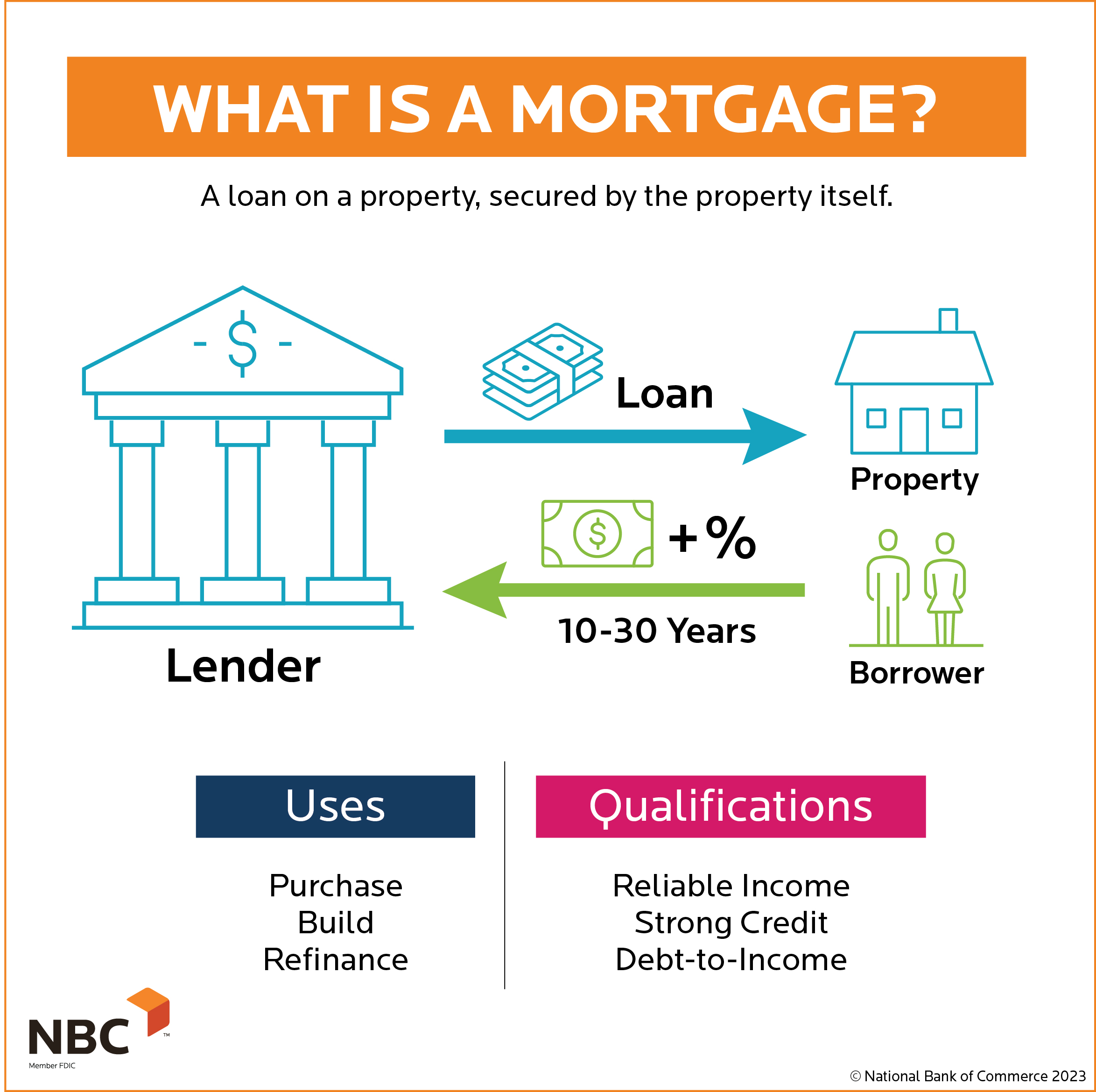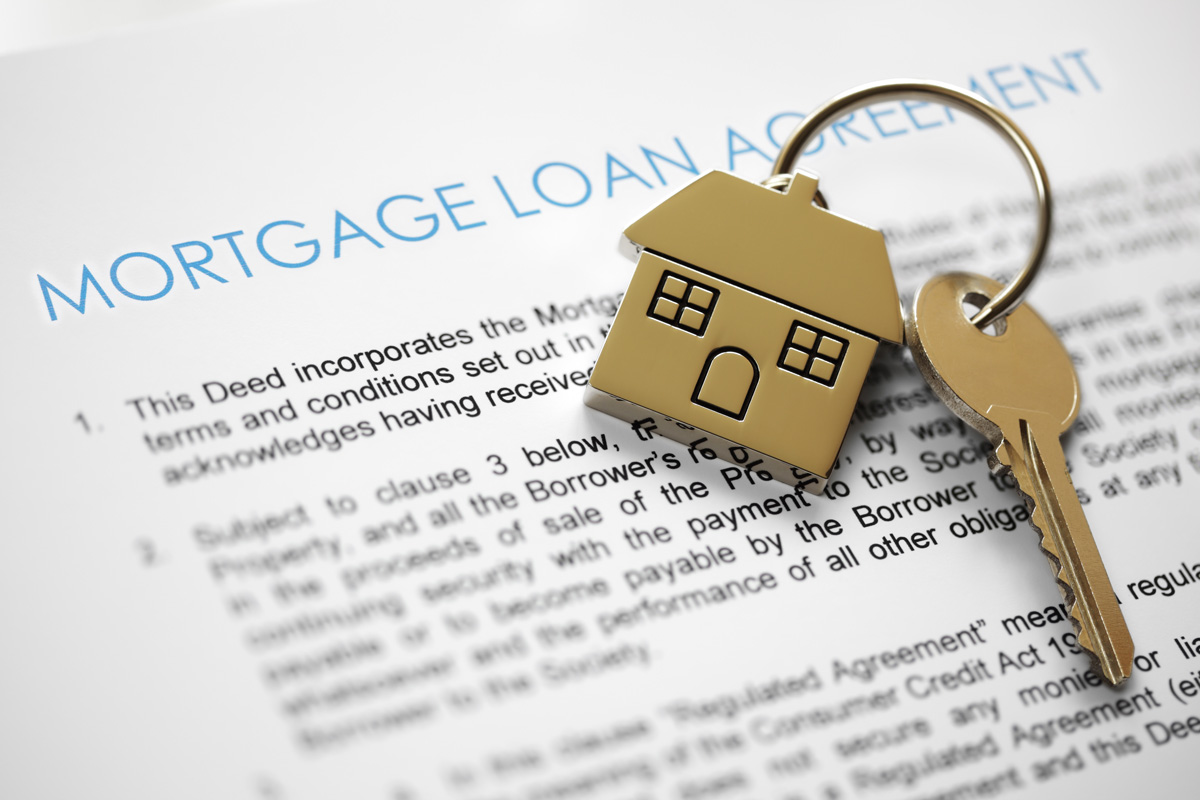Conventional Mortgage Loans: Flexible Funding Solutions for Your Fantasize Home
Conventional Mortgage Loans: Flexible Funding Solutions for Your Fantasize Home
Blog Article
The Important Aspects to Consider When Picking Between Fixed-Rate and Variable-rate Mortgage Lendings
When examining home loan options, borrowers encounter an essential decision between fixed-rate and adjustable-rate loans, each offering unique advantages and possible risks. Trick factors to consider such as interest price security, predictability in monthly settlements, and the ramifications of potential price adjustments can significantly affect long-term economic health.
Rate Of Interest Security
When choosing a home mortgage, comprehending interest rate stability is critical for educated decision-making. Interest prices can dramatically influence the overall cost of a home loan, and recognizing the nature of these prices is important for debtors. Fixed-rate mortgages use the advantage of constant month-to-month payments over the life of the loan, protecting consumers from market changes. This security makes it possible for property owners to intend their finances with greater assurance, as they will certainly not be affected by increasing passion prices.
On the various other hand, variable-rate mortgages (ARMs) start with lower initial prices that might transform periodically based on market conditions. While this can lead to reduced settlements originally, it additionally introduces uncertainty, as debtors might deal with boosted settlements if passion prices climb. For those considering an ARM, it is vital to evaluate the possibility of rate modifications, the capacity for repayment boosts, and the length of the initial fixed-rate period.
Ultimately, the option between fixed-rate and adjustable-rate home mortgages pivots on individual risk resistance and economic scenarios. Understanding rates of interest security assists customers make informed decisions that straighten with their long-term financial objectives.
Regular Monthly Repayment Predictability
While borrowers frequently prioritize rate of interest stability, the predictability of monthly settlements is similarly important in the home mortgage choice process (Conventional mortgage loans). Month-to-month repayment predictability plays a crucial duty in budgeting and monetary planning, as it straight affects a home owner's cash money flow and total monetary health
Fixed-rate home mortgages use a consistent month-to-month payment throughout the life of the lending, permitting customers to prepare for and prepare their expenses successfully. This stability can be especially helpful for newbie homebuyers or those on a set income, as it gets rid of the unpredictability connected with changing payments.
On the other hand, adjustable-rate mortgages (ARMs) normally include lower preliminary payments that can change with time, bring about potential variability in regular monthly commitments. While originally appealing, this changability can make complex financial planning, particularly if consumers do not account for future rate changes.
Potential Rate Modifications
In the world of adjustable-rate home mortgages (ARMs), potential rate modifications represent a significant aspect that consumers have to carefully think about. Unlike fixed-rate home loans, where the rate of interest continues to be unmodified for the life of the lending, ARMs are defined by varying rate of interest prices that are connected to market indices. This irregularity can cause significant adjustments in month-to-month settlements, influencing the consumer's economic preparation and budgeting.
Normally, ARMs have a first fixed-rate duration during which the rate of interest is steady. After this period, nonetheless, the price readjusts at fixed periods-- generally each year. Consumers have to recognize the margin and index utilized to compute these changes, as they directly influence future rates of interest. Furthermore, ARMs typically include caps that limit just how a lot the rates of interest can raise at each modification and over the life of the funding, which can offer some level of defense versus radical price hikes.
Understanding these prospective modifications is important for borrowers, as they directly influence long-lasting payment find out this here commitments. Examining personal financial circumstances and take the chance of tolerance is necessary when deciding whether an ARM lines up with one's economic objectives.
Car Loan Term Factors To Consider
Loan term considerations play a critical function in the decision-making process for customers selecting between adjustable-rate and fixed-rate home loans. The length of the funding term significantly impacts month-to-month settlements, interest rates, and overall economic preparation.

Inevitably, borrowers have to analyze their personal circumstances, economic goals, and market problems when weighing the implications of financing term selections within each home loan type.

Total Cost of Borrowing
The general cost of loaning is an important aspect that can significantly affect a debtor's option between adjustable-rate and fixed-rate home loans. Fixed-rate mortgages supply predictable regular monthly repayments, as the interest rate remains consistent throughout the lending term. This predictability can cause lower overall prices, particularly in a steady or decreasing interest rate link setting. Debtors can budget plan effectively, knowing their payments will not vary.
Alternatively, variable-rate mortgages (ARMs) commonly start with reduced preliminary prices, resulting in minimized in advance expenses. These rates can boost after an initial period, leading to possibly greater lasting prices. Customers should think about the frequency and degree of rate changes, as well as the overall financing period, to accurately evaluate the monetary effects.
Furthermore, the total cost of borrowing encompasses not only rate of interest yet also fees and various other connected expenses, such as closing costs and insurance (Conventional mortgage loans). When evaluating home mortgage alternatives, customers must carry out a comprehensive price evaluation over the life of the funding. By doing so, they can make an enlightened choice that lines up with their economic objectives and run the risk of tolerance
Verdict
In conclusion, picking between fixed-rate and adjustable-rate mortgage financings demands careful consideration of a number of crucial factors. Rates of interest security and regular monthly settlement predictability are extremely important for efficient budgeting, while the potential for rate adjustments in ARMs introduces economic uncertainty. In addition, the expected period of homeownership and the total price of loaning, including rate of interest and associated costs, should align with private financial circumstances and run the risk of resistance. Such a comprehensive analysis will promote enlightened decision-making in home mortgage choice.
Secret considerations such as interest price security, predictability in regular try this out monthly payments, and the ramifications of possible rate adjustments can considerably influence lasting monetary health and wellness. Passion prices can significantly affect the general price of a home loan, and acknowledging the nature of these prices is crucial for debtors. Unlike fixed-rate home mortgages, where the interest price remains unmodified for the life of the lending, ARMs are characterized by fluctuating passion prices that are connected to market indices. Additionally, ARMs often consist of caps that restrict how a lot the rate of interest rate can increase at each change and over the life of the finance, which can offer some level of defense against drastic price hikes.
Passion rate stability and month-to-month payment predictability are paramount for efficient budgeting, while the potential for price changes in ARMs presents monetary unpredictability.
Report this page